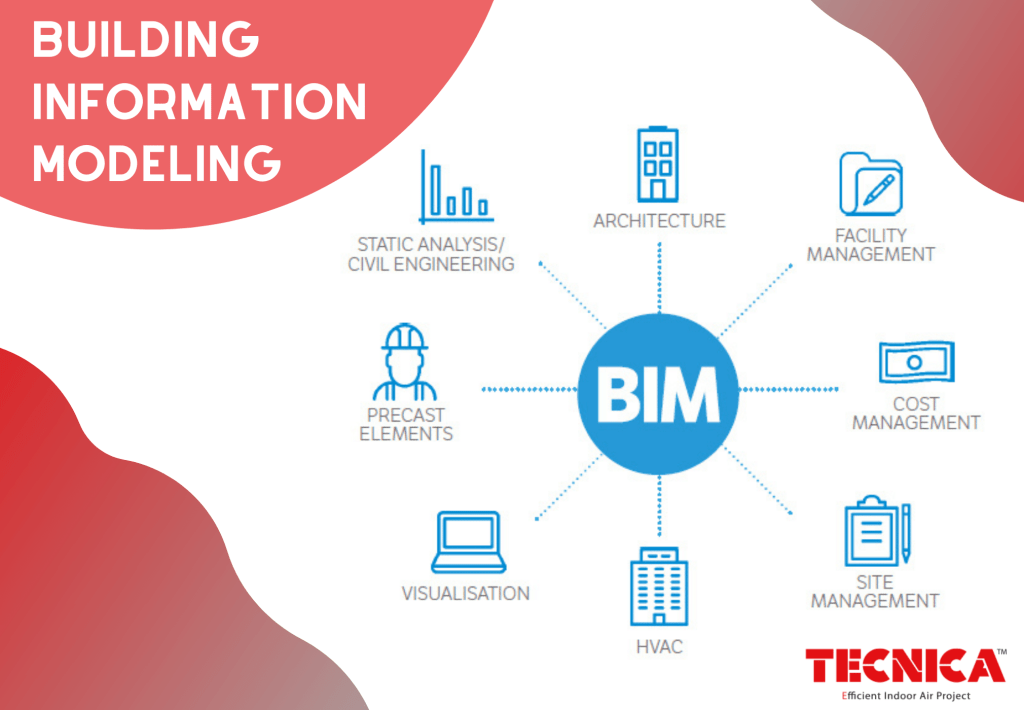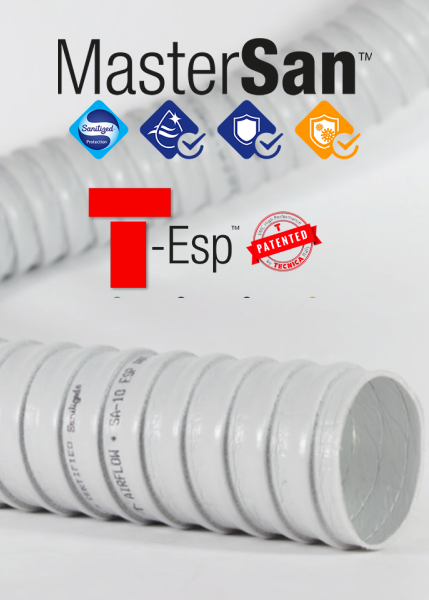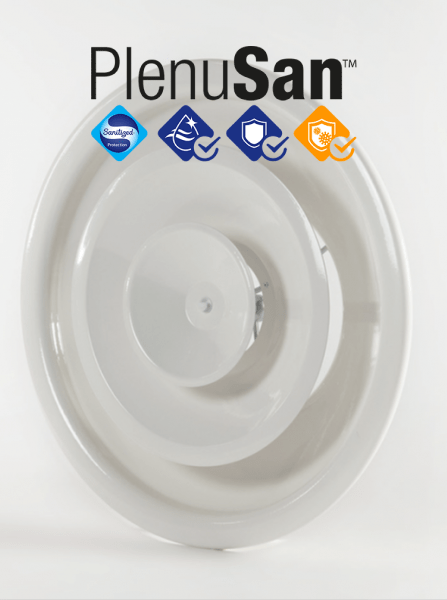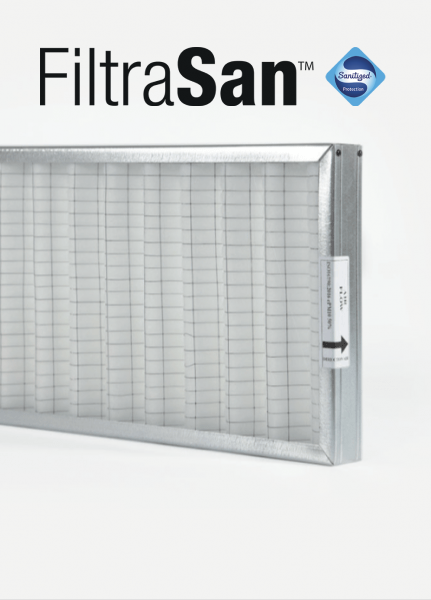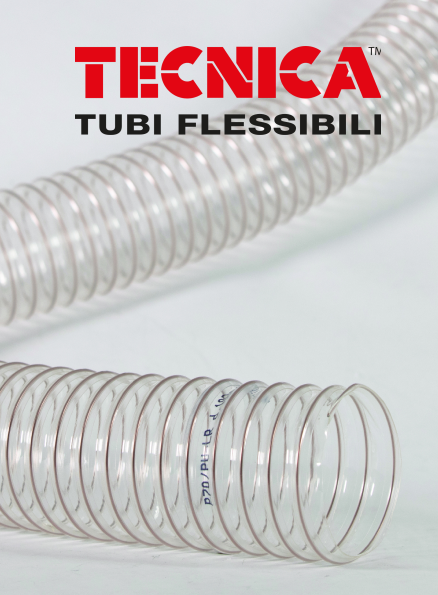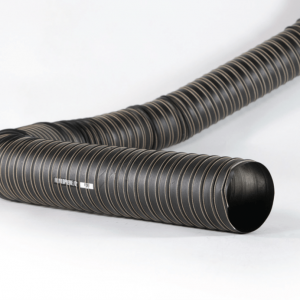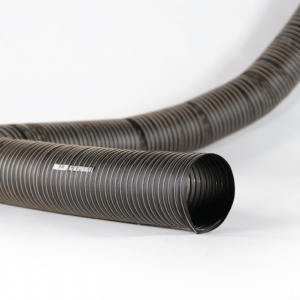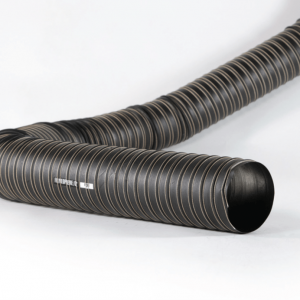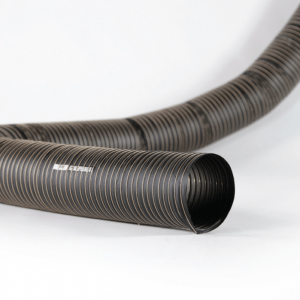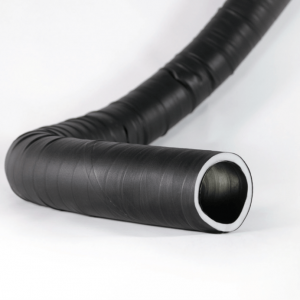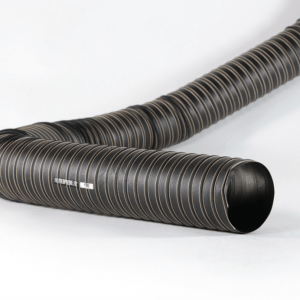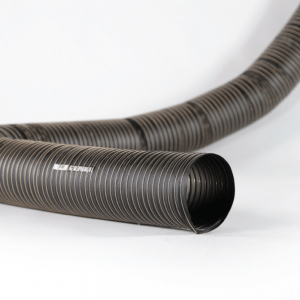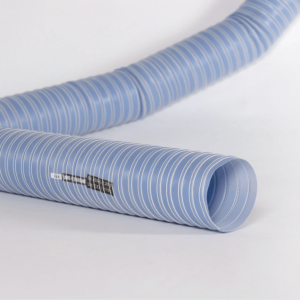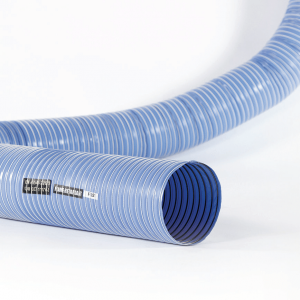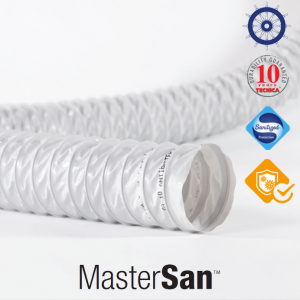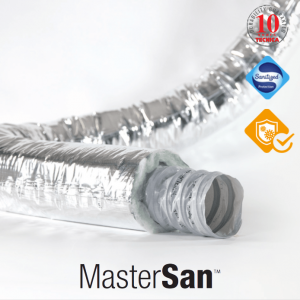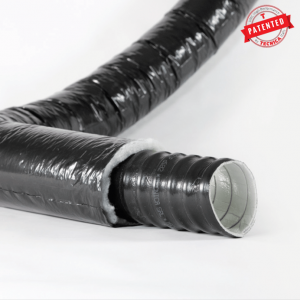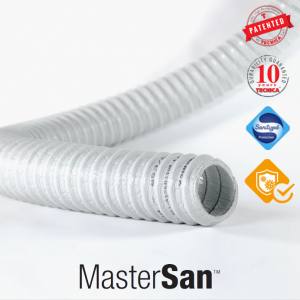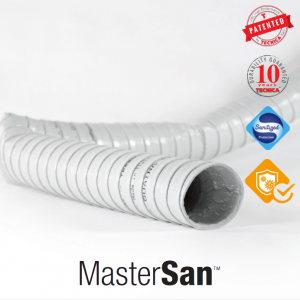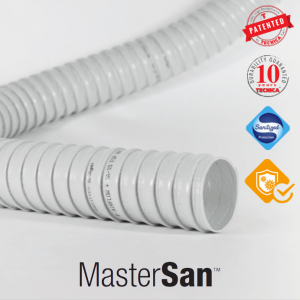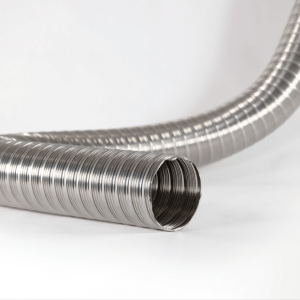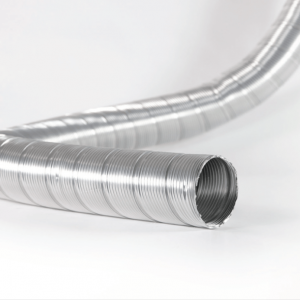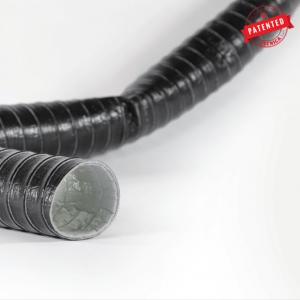BIM is a representation of a product used to improve the efficiency of the building process, reducing waste during construction and to improve the quality and the effectiveness of the buildings.
In addition to geometrical information, they also include comprehensive technical characteristics of the real product. BIM objects are used to populate the BIM model.
Building Information Modeling (BIM) is the basis of digital transformation in the architecture, engineering and construction sectors. Based on an intelligent model and supported by a cloud platform, BIM integrates multidisciplinary structured data to create a digital representation of an asset throughout its life cycle, from planning and design to construction and commissioning.
An object should contain all the digital data that characterize it.
This dataset comprises geometric data that allows to create various digital representations and properties that need to be used at various stages of the digital model.
In the early stages of a BIM project, a collaborative team is created. It agrees on the process and information structures to ensure that the design information developed is coordinated and will be of maximum benefit to those involved in the construction and operation stages. Involving those that will be engaged at a later phase of the project (such as manufacturers or the client’s FM team) can of great help with this beginning.
As the project enters the construction stage, the information developed can be used to plan and build more efficiently. If changes are needed to the design, they will follow the agreed process in a transparent and recorded way.
When the construction project is complete and the utilization stage begins, the information that has been shaped can be used to make the built facility work.
With traditional construction methods in which teams move from one phase to another in the project, some information could be lost from the previous phase. With BIM, instead, information is collected digitally to be available when it is needed, wherever it is needed, by whomever it is needed. Adopting BIM means establishing a continuous flow of information. Every step of the building process – from initial planning and design, to construction, operation, maintenance, and final recycling – is captured, digitally. This opens new possibilities for improved efficiency, accuracy, collaboration and cooperation between the parties involved in the built. Every business process is digitalized, and every decision is driven by data.
In addition to geometrical information, they also include comprehensive technical characteristics of the real product. BIM objects are used to populate the BIM model.
Building Information Modeling (BIM) is based on an intelligent model and supported by a cloud platform, BIM integrates multidisciplinary structured data to create a digital representation of an asset throughout its life cycle, from planning and design to construction and commissioning.
The close relationship between Tecnica™ srl products and the world of architectural and plant engineering/construction led to the choice of BIM to allow designers, architects and plant engineers to complete their projects in the most efficient way to offer something that others don’t.
Online you can find some BIM projects of our products, for further information you can contact us.

